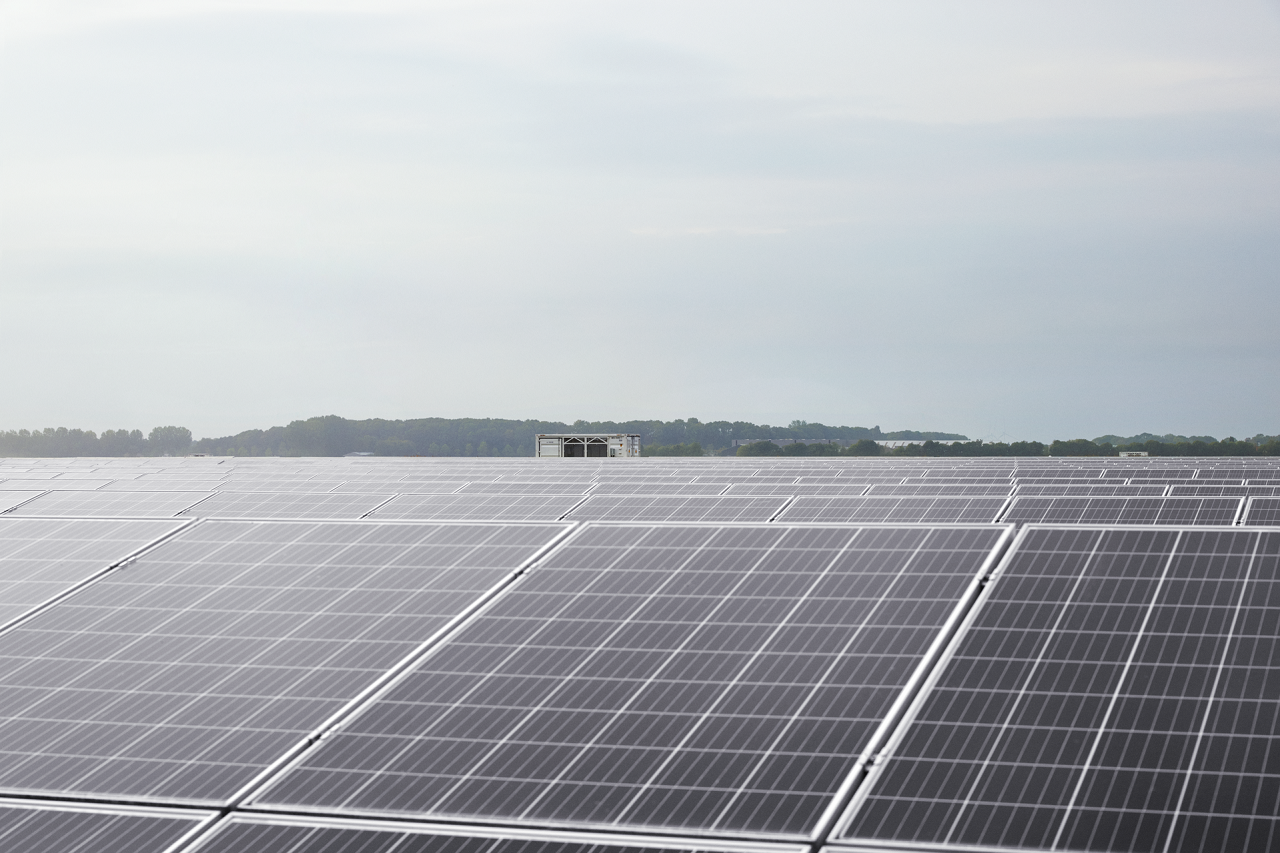
Further development of Redispatch 2.0: Consentec report and BDEW position paper at a glance
Redispatch 2.0 has been stuck for a long time. Implementation in the distribution grid in particular often fails due to inadequate control technology and insufficient data. A report by the consultancy Consentec and a BDEW position paper based on it are now set to provide momentum. We provide an overview.
September 2024
Background and context
Redispatch 2.0 is a central measure to ensure grid stability in Germany, which has become necessary in particular due to the growing feed-in of renewable energies. It serves to prevent grid overloads by controlling power generation plants in a targeted manner. Redispatch 2.0 therefore plays an important role, but considerable problems have arisen in practice, particularly with balancing in the distribution grid. As a result, balancing by the distribution grid operators had to be suspended. The balancing group manager (BKV) continues to procure the shortfalls in the distribution grid and thus performs a central task in ensuring grid stability.
On 07.09.2023, the BNetzA initiated a procedure for the further development of Redispatch 2.0. In order to better understand the reasons for the failure to implement balancing, it commissioned the consulting firm Consentec as an expert before consulting on specific proposals for changes. This Consentec report was published in April 2024. It examines the reasons for the suspension of grid operator balancing and makes recommendations for the further development of the system.
Building on this, the BDEW also commented on the recommendations of the report in a position paper. It largely supports the proposals and at the same time makes its own suggestions for optimizing Redispatch 2.0.
Previous problems with Redispatch 2.0
BDEW welcomes Consentec's detailed analysis and agrees with the assessment that the problems with grid operator balancing are due to several factors. These include
- technical deficits,
- inadequate data quality and
- structural problems with the flat-rate procedure.
BDEW supports the proposal to carry out the further development of Redispatch 2.0 in stages, with sufficient lead times and mandatory tests.
Recommendations for further development
BDEW is particularly positive about the recommendation that redispatch measures in the transmission grid should continue to be balanced by the transmission system operator (TSO). For the distribution grid, the Consentec report considers balancing by the distribution grid operator using the forecasting model to be a long-term target solution. However, the planned value model is too complicated for introduction in the distribution grid.
Critical points and suggestions
Despite the approval of the Consentec report, BDEW also expresses criticism and makes further recommendations. A central point of criticism is the unclear long-term perspective of the report with regard to balancing in the distribution grid. BDEW proposes that only relevant installations in the distribution grid should be successively transferred to the planned value model and balanced there by the grid operator. For all other installations, balancing should be carried out in the long term by the supplier's BKV in the adjusted forecast model, with appropriate remuneration.
BDEW is also calling for clear specifications for the target model for balancing in the distribution grid by the Federal Network Agency (BnetzA). BDEW also advocates a review of market roles, an improvement in data quality and the introduction of processes suitable for mass production in order to increase the efficiency of the system.
Legal certainty and regulatory adjustments
A key aspect in the BDEW's assessment is the need for legal certainty in the implementation of Redispatch 2.0. This requires adjustments to the energy industry regulatory framework, in particular Section 13a EnWG, in order to enable the supplier's balancing agent to take over the balancing task in the distribution grid. BDEW considers these adjustments to be necessary in order to ensure a smooth and legally compliant implementation of Redispatch 2.0.
Conclusion
The BDEW position paper on the further development of Redispatch 2.0 emphasizes the importance of a structured and gradual adaptation of the system, as recommended in the Consentec report. BDEW largely supports the analysis results of the report and sees them as a solid basis for the further development of Redispatch 2.0. At the same time, BDEW is making its own proposals to improve balancing and practical processes in the distribution grid in the long term.
The present Consentec report and the BDEW position paper have made important recommendations for practical further development and legally compliant implementation.
It is now up to the BnetzA to draw up its own proposals for further development on this basis, to present its key points for adapting the existing regulations on balancing in the distribution grids and to consult publicly on these.
Through close cooperation between all market roles involved, Redispatch 2.0 can develop into a robust instrument for ensuring grid stability in the long term. We will continue to advocate for a practical and legally compliant implementation and see the recommendations from Consentec and BDEW as important steps in the right direction.
We are looking forward to this and will continue to play an active role in the definition process.
Do you have questions about Redispatch? Please get in touch with us!
<a class="arrow">renewables@vattenfall.de</a>
More information and graphical representation here.